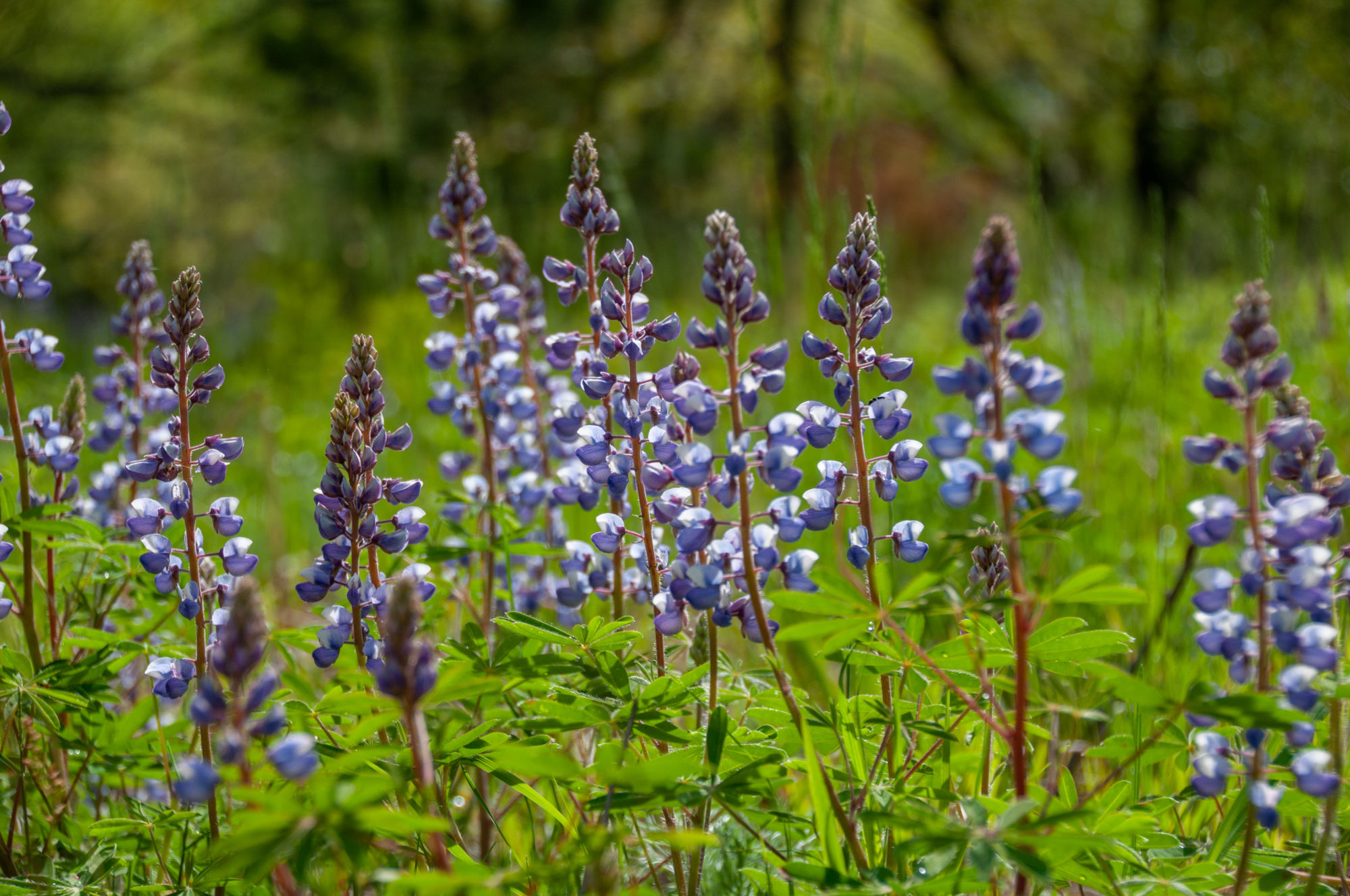
Moths on Tour: A Night of Discovery Under UV Light
By Stephanie Gerling, LCWM Volunteer
On a warm summer evening in late June, I joined nearly 50 other curious folks at Dune Harbor Park in Norton Shores for the first official stop of the “Moths on Tour” series. Some of us were there for the moths, some were there for a sunset walk in the park (me), everyone was there for the vibes.
Moth sheeting celebrates biodiversity, and the first stop of the Moths on Tour program shined a spotlight (quite literally) on the efforts being made at Dune Harbor Park to create a lush, native, and flourishing ecosystem. Moth sheeting uses a non-invasive practice called lightsheeting where a UV light casts a bright glow onto white bedsheets stretched between trees – beckoning moths and other nocturnal insects to find a spot and stay awhile.
“It’s Goldilocks mode for moths,” said Spencer High, one of the event leaders and resident insect expert, “Not too hot, not too cold — just right. They’ll come to the light and just chill.”
In the spirit of community, Moths on Tour was a collaboration between the Land Conservancy of West Michigan (LCWM), Spencer High from Querkus Creative, and Muskegon County Parks, with special appearances by Travis Kurtz and Bonnie Johnson, representatives from the John Ball Zoo.
Our first moth arrived at 10:20pm – making its presence known among a smattering of bugs, and with an audible cheer from the group. The excitement didn’t wane for the other beetles, damselflies, and lacewings that showed off amongst the shadows. Attendees of all ages became citizen scientists, adding in their notes to the iNaturalist app, an online social network that helps identify plants and animals while contributing helpful data to local communities and conservation progress.
It is right here and now that I must admit that I am not a bug gal. I don’t like seeing them in large quantities, I don’t like when they land near/on me, and I don’t appreciate the erratic nature of their flying patterns. But I recognize their role on this earth so I have come to respect them… from a safe distance. So, when the sheet started filling up, I took a deep breath, inched a little closer, and asked, “What bug is that?”
A fellow attendee brought me even closer to the sheet (closer than I would’ve gone on my own!), pulled out a small flashlight, and pointed out the variety of insects: Asiatic garden beetle, larder beetles, and what they described as “the elusive antlion.” Spencer piped up and described how antlions are a good indicator of a healthy ant population (and a healthy ecosystem) and one of “the most metal” insects because their larvae build conical traps in the sand to ambush unsuspecting ants. The more you know!
I was surrounded by self-proclaimed bug people and truthfully, really enjoying it! Every insect that flew onto the sheet received some type of attention: a spotlight, a call out, a log into the Dune Harbor Park Project on iNaturalist and, my personal favorite, an exclamation to “Cube it!” (“Cubing it” is a safe way to collect an insect in small, transparent plastic blocks for closer inspection before gently releasing it back into the wild.)
While many people assume butterflies and bumblebees are the primary pollinators, moths and other nocturnal insects, as it turns out, are powerhouses responsible for a large portion of native flower pollination. Moth caterpillars rely on specific native plants like common milkweed, St. John’s Wort, and sedges — all present in the grassy areas around Dune Harbor. The 377 acres of the park could’ve become condominiums, but thanks to a Michigan Natural Resources Trust Fund grant and collaboration between LCWM and Muskegon County Parks, it is instead a protected natural space for the community – people and moths alike – to enjoy.
“This place is like a new house,” said Spencer, “It’s going through a period of [determining] what it wants to be. We’ve moved in, but haven’t painted anything. There’s still repairs to do, but we’re making progress and getting closer to creating a home.”
As invasive species are treated and native habitats restored, the park is transforming into a diverse, resilient ecosystem. That evening, we spotted a number of deer in the woods and a great blue heron gliding over the water, silhouetted against pastel pink and blue skies reflected in the lake below. Travis and Bonnie used their bat translator, an iPad-equipped sonogram device that identifies ultrasonic bat calls as they fly overhead. Michigan is home to eight species of bat, and we spotted a few swooping overhead, helping keep the insect populations in balance.
Beyond the spectacle, the night served a deeper purpose: connecting people to nature through community science. As Spencer put it, “Together, we are all moth experts.” And with between 1,700-2000 species of moths in Michigan, there’s no shortage of discoveries waiting in the dark.
Moths on Tour is not a one night only event! Head to McDuffee Creek Nature Preserve in Bitely this Friday, July 11th, or check out Saul Lake Bog Nature Preserve in Rockford on August 19th. There’s something magical waiting for you under the glow of the UV light.








